
After being steamed, the sticky rice will be mixed with traditional yeast and left to ferment for 7-10 days.
On a day at the end of September, we had the opportunity to visit Binh Thanh commune and heard about the introduction of the Ky Ha Western sticky rice wine product, which had just been recognized by the People's Committee of Thu Thua district as meeting the 3-star OCOP standard, contributing to helping the locality complete the criteria for building an advanced new rural commune.
Vice Chairman of the People's Committee of Binh Thanh Commune, Thu Thua District - Vo Thanh Quan shared: "This charcoal sticky rice wine has a sweet taste and is easy to drink. The longer the wine is left to ferment, the more it tastes good. At first, many people found it easy to drink and had a low alcohol concentration, so they drank a lot, but they didn't realize when they got drunk."
To learn more about the product of Western Ky Ha sticky rice wine, we went to the house of Mr. Nguyen Huu Ky and Mrs. Nguyen Thi Thu Ha. As soon as we arrived at the gate, we could smell the aroma of rice wine. When asked about the profession of making sticky rice wine, Mr. Ky happily said: “All stages of making sticky rice wine are done by hand. Making wine is hard, the profit is not much, mainly based on labor. However, my wife and I have never wanted to give up the profession, because this has been the family's traditional profession for nearly 30 years.”
According to Mr. Ky, the main ingredients to make black sticky rice wine are mainly water and black sticky rice. However, not all types of black sticky rice can be used to make quality wine. The first-class sticky rice must be selected, not mixed with any other type of rice, and costs 30,000 VND/kg.
Mrs. Nguyen Thi Thu Ha (Mr. Ky's wife) confided: "Making sticky rice wine goes through many stages, requiring the cook to have experience to make good, quality wine. After buying sticky rice, wash it thoroughly, drain it and steam it until it is cooked. Then, the cooled rice is mixed with yeast and left to ferment for 7-10 days, depending on the weather. This is the most difficult stage because the cook in hot weather will ferment for about 7 days, but in unusually sunny and rainy weather, they must use experience to see if the rice has fermented before proceeding to the next stages."
According to many people, the difference between Mr. Ky's family's charcoal sticky rice wine and other places' charcoal sticky rice wine is the retention of starch, which makes the wine rich and has a beautiful color. Mr. Ky said: "After fermenting, we start to grind it and use a towel to squeeze out the water, which contains a lot of starch. The final step is to boil it, let it cool and bottle it. Cooked this way, the starch and yeast continue to ferment, so the longer the wine is left, the better it tastes."

The longer the wine is left, the more it ferments and the better it tastes.
The process of squeezing the juice is done manually, so it requires a healthy person to do it, because if not all the juice is squeezed out, the wine will not meet the yield and quality. On average, every month, Mr. Ky and his wife supply the market with over 100 liters of black sticky rice wine, selling for 50,000 VND/liter. The main consumer market is within the district, acquaintances and friends. In order to promote the family's traditional wine products, Mr. Ky boldly completed the procedures to have the product recognized as meeting OCOP standards.
We believe that with the efforts and dedication, the Western Ky Ha sticky rice wine product of Mr. Ky and Mrs. Ha will be known by many people, contributing to raising the level of traditional products in the locality./.
Kim Ngoc
Source


![[Photo] Prime Minister Pham Minh Chinh attends the event "Digital transformation of the banking industry by 2025"](https://vphoto.vietnam.vn/thumb/1200x675/vietnam/resource/IMAGE/2025/5/29/0e34cc7261d74e26b7f87cadff763eae)




![[Photo] Prime Minister Pham Minh Chinh receives leaders of Excelerate Energy Group](https://vphoto.vietnam.vn/thumb/1200x675/vietnam/resource/IMAGE/2025/5/29/c1fbe073230443d0a5aae0bc264d07fe)
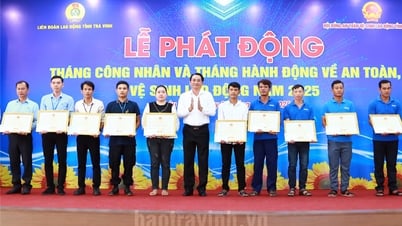












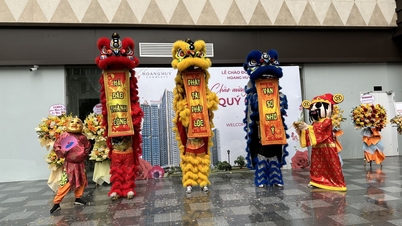

















































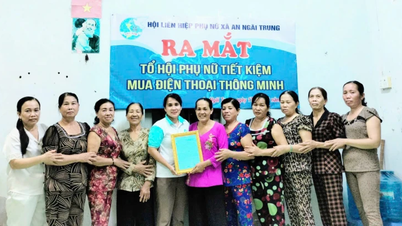








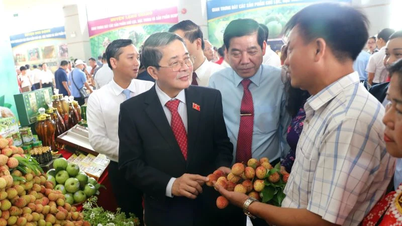












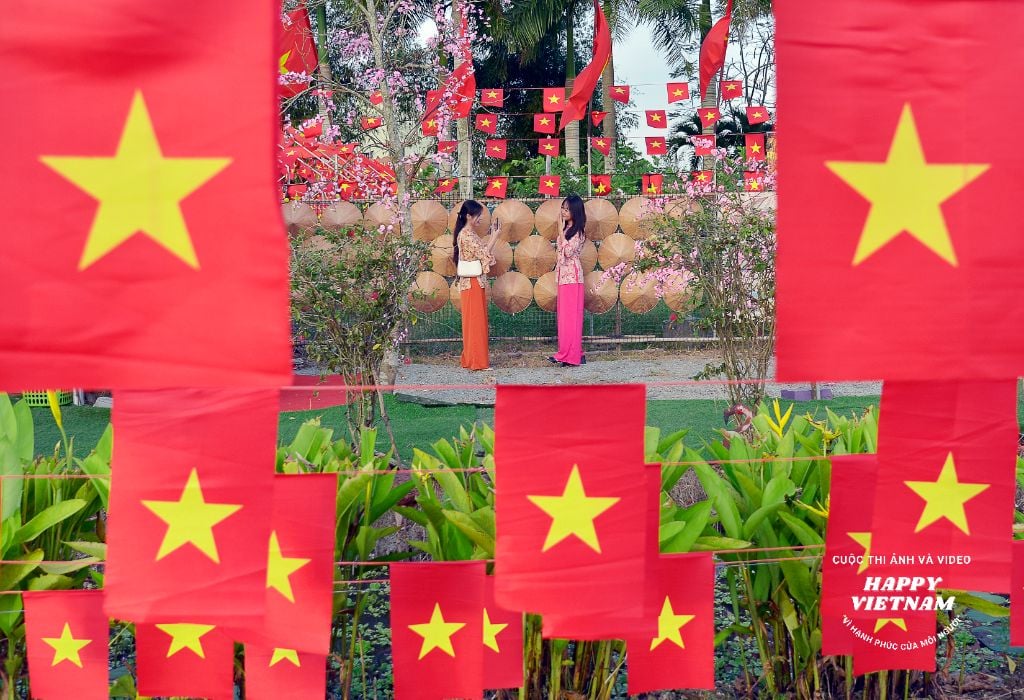
Comment (0)